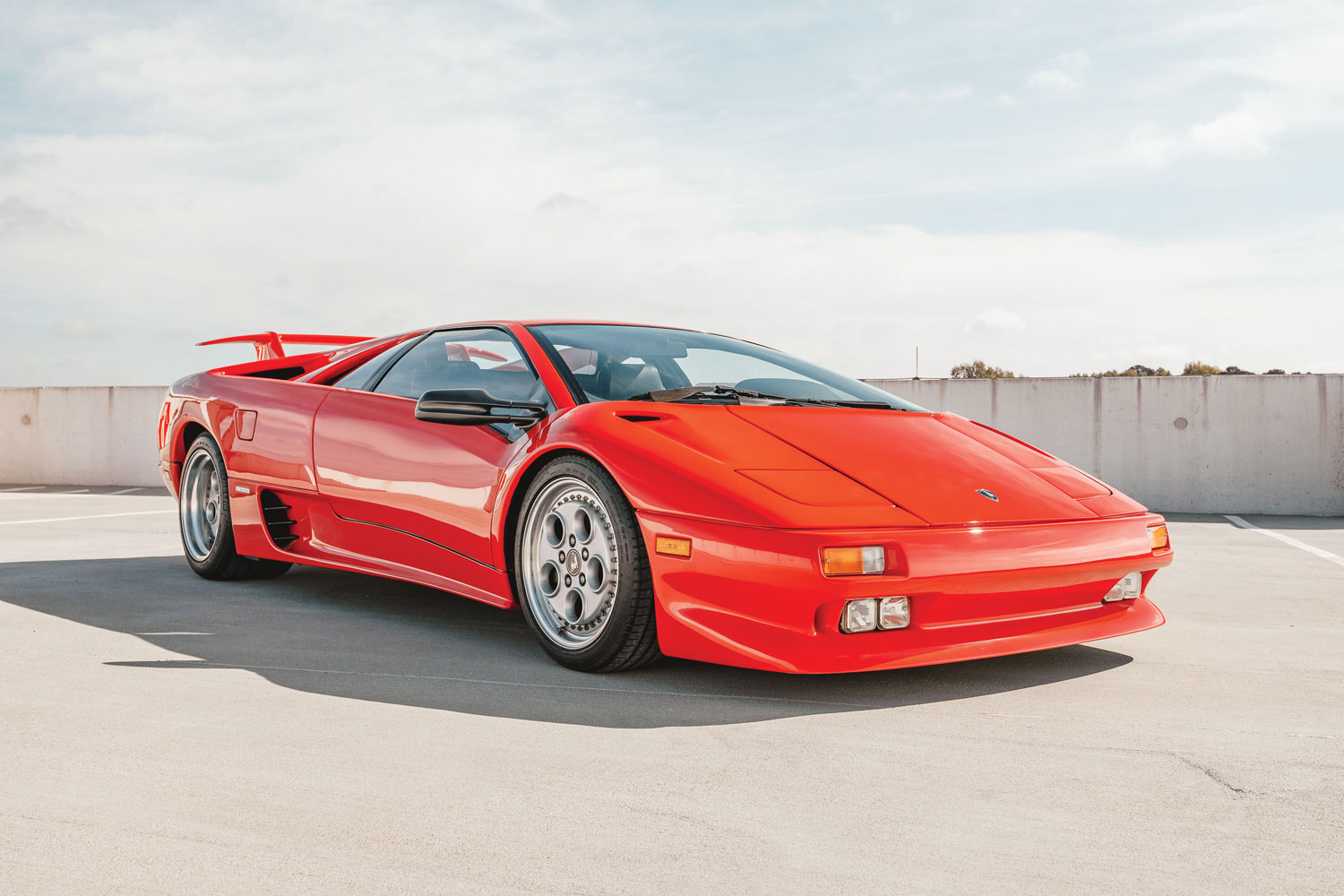Chassis Number: ZA9DU07P0MLA12283
Number 283 of just 401 examples built for that first year of production, this Diablo is an exceptionally well-preserved and highly original example. Delivered new to an owner in the suburbs of Philadelphia, PA, via Ultimate Motor Works of Longwood, FL, it was finished in red over a black leather interior and outfitted with red interior piping and the optional rear wing; MSRP was $245,310. The car was retained by its first owner for nearly 14 years before it was purchased by its second owner in 2005.
The Diablo’s second owner kept the car for the following five years before selling it to a third owner in Auburn, AL, who kept the car until 2017. In 2014, Lamborghini of Orlando treated the car to a major service at a cost of nearly $20,000; parts fitted included a new clutch, valve cover gaskets, alternator, a/c belts, radiator hoses and thermostat.
In the past three years, this Diablo has covered approximately 305 miles, with its metric odometer indicating fewer than 5,250 kilometers (about 3,265 miles) in total. Annual maintenance has been provided by specialists at Black Horse Motorwerks in Bucyrus, KS. The consignor reports that a fluid change and clutch adjustment have been performed by longtime Lamborghini technician Charles Carden at Casey Carden Motorsports of Braselton, GA, in April 2021.

